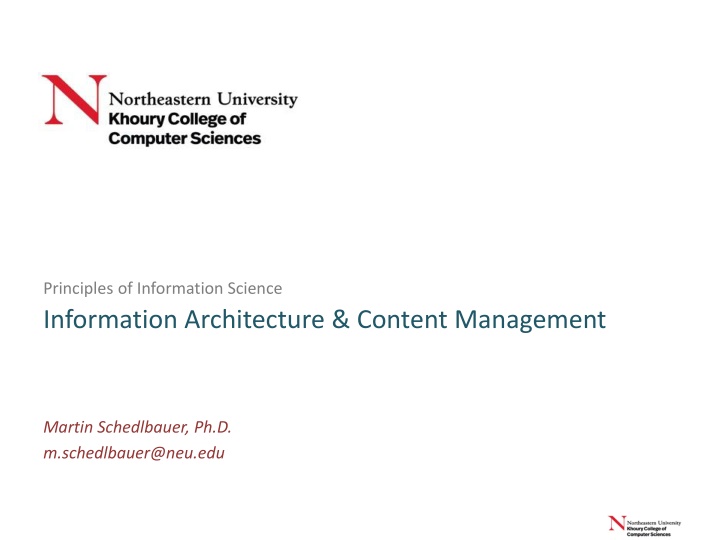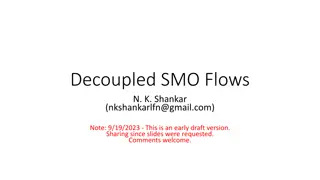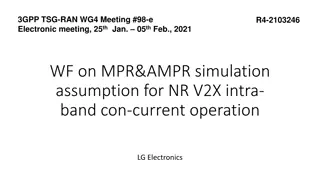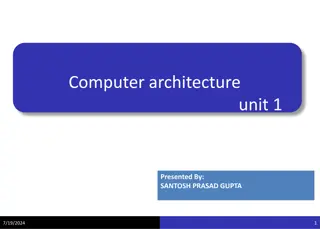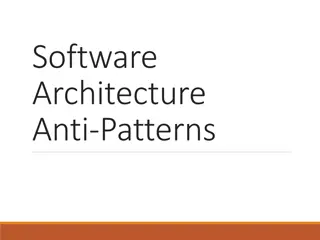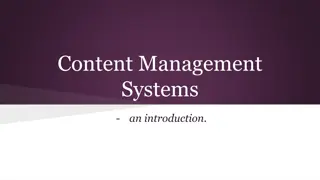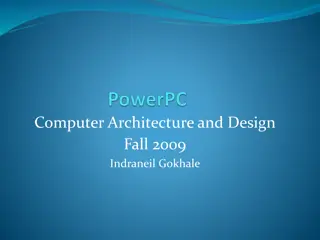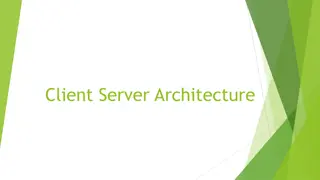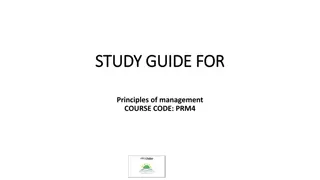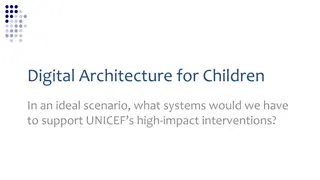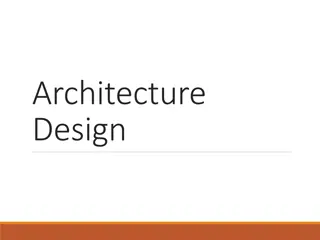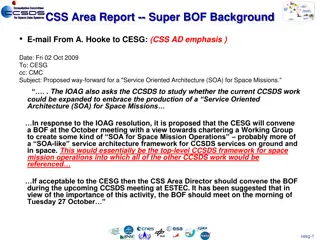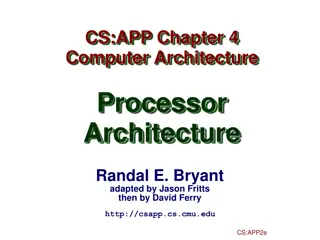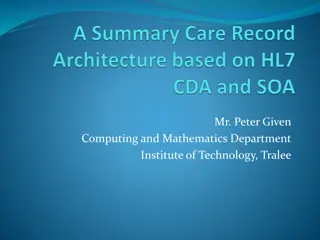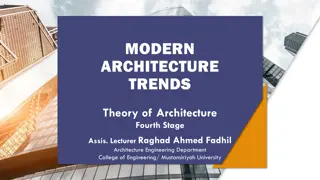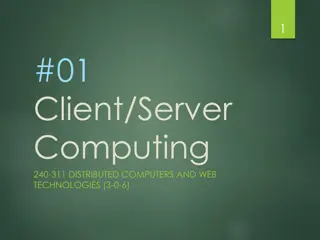Principles of Information Science: Information Architecture & Content Management
This content delves into the principles of information science focusing on information architecture and content management. It covers definitions, roles, and significance of information architecture in various contexts, providing insights on user, context, and content considerations. The article also discusses the importance of information architecture in shaping user experiences and enhancing findability and usability across different information environments.
Download Presentation

Please find below an Image/Link to download the presentation.
The content on the website is provided AS IS for your information and personal use only. It may not be sold, licensed, or shared on other websites without obtaining consent from the author.If you encounter any issues during the download, it is possible that the publisher has removed the file from their server.
You are allowed to download the files provided on this website for personal or commercial use, subject to the condition that they are used lawfully. All files are the property of their respective owners.
The content on the website is provided AS IS for your information and personal use only. It may not be sold, licensed, or shared on other websites without obtaining consent from the author.
E N D
Presentation Transcript
Principles of Information Science Information Architecture & Content Management Martin Schedlbauer, Ph.D. m.schedlbauer@neu.edu
Information Architecture INFORMATION ARCHITECTURE ... Information Architecture 2
Definitions of Information Architecture Information architecture has differing meanings: The structural design of shared information environments. The art and science of organizing and labeling web sites, intranets, online communities, and software to support findability and usability. The combination of organization, labeling, search and navigation systems within websites and intranets. A blueprint and navigational aid to the content of information-rich systems. A subset of data architecture where information is constructed in and designed or arranged in a fashion most useful to the users of this data. The practice of organizing the information / content / functionality of a web site so that it presents the best user experience it can, with information and services being easily usable and findable (as applied to web design and development). The conceptual framework surrounding information, providing context, awareness of location and sustainable structure. ... Information Architecture 3
IA: Users, Context, Content Context: business goals, funding, politics, culture, technology, resources, constraints Content: content objectives, document and data types, volume, existing structure, governance and ownership Users: audience, tasks, needs, information-seeking behavior, experience ... Information Architecture 4
Defining Information Architecture Morville defines information architecture as: the structural design of shared information environments. the combination of organization, labeling, search, and navigation systems within web sites and intranets. the art and science of shaping information products and experiences to support usability and findability. an emerging discipline and community of practice focused on bringing principles of design and architecture to the digital landscape. As these definitions suggest, information architecture extends well beyond taxonomies and the Web. ... Information Architecture 5
Where does one find IAs? We need to extend our practice to include a wider variety of shared information spaces, including: Virtual (e.g., software, websites) Physical (e.g., museums, libraries, hospitals) Procedural (e.g., flows of information in organizational processes) ... Information Architecture 6
Techniques Retrieval and searching with tags: collaborative tagging (#topic) and folksonomies Concept maps and dendrograms Card sorting with focus groups Users, context, information: use cases ... Information Architecture 7
Example Look at the differences in organization structure, navigability, and findability for learning assets, posts, messages, submissions between: IS2000 on an LMS (Blackboard or Canvas) IS2000 on Teams IS2000 on is2000.weebly.com ... Information Architecture 8
Summary, Review, & Questions ... Information Architecture 9
